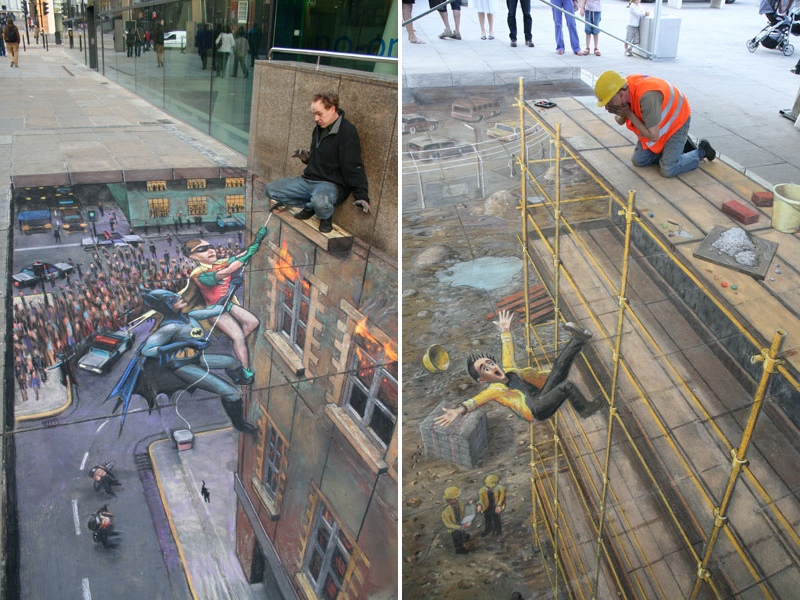Who isn’t fascinated by light? Below are resources for first grade students to explore as they investigate some of the properties of light.
Watch the BrainPop Movie: Light! In this movie, you will learn about the kind of energy that helps us see:light! Did you know light is made up of tiny particles that travel in waves? When light hits an object, it reflects, or bounces off the object and into our eyes so we can see it. Log into BrainPop Jr with username: woschaefer, password: brainpop.
What is transparent, translucent, Opaque?
Why Do We Have Shadows? The reason why we have shadows is because your body blocks the light and then the shape of your body appears on the ground. This is because your body is opaque in nature and it does not allow any light to pass through it. Watch the video below to learn more!
The Motion of the Sun Simulator models the motions of the sun in the sky using a horizontal diagram, demonstrating daily and seasonal changes in the suns position.
Listen to Bear’s Shadow written by Frank Asch
Challenge: Connect reading and writing to science by making shadow puppets. Write a story and create characters and scenery from black or opaque construction paper. Use a flashlight or camping lantern to cast shadows as you act out and tell your story.
Take a look… with your eye. You’ll see how it works. You’ll see things right side up that start out upside down. It’s a quick trick your brain pulls. Your brain by the way is the part of your eyes that you can see.
What is an Optical Illusion?
Optical Illusions can use color, light and patterns to create images that can be deceptive or misleading to our brains. The information gathered by the eye is processed by the brain, creating a perception that in reality, does not match the true image.
Try out some of these illusions and discover just how tricky it can be for your brain to accurately interpret the images from your eyes. Click here to look at optical illusions.
Julian Beever is an English chalk artist that creates mind-boggling chalk drawings on pavement surfaces since the mid-90s. His 3D illusions are drawn in a distorted way that appears normal when viewed from a particular point.

To see more of his chalkings GO HERE.
Read:
 Duck, Rabbit! by Amy Krouse Rosenthal
Duck, Rabbit! by Amy Krouse Rosenthal
Reflections by Ann Jonas


